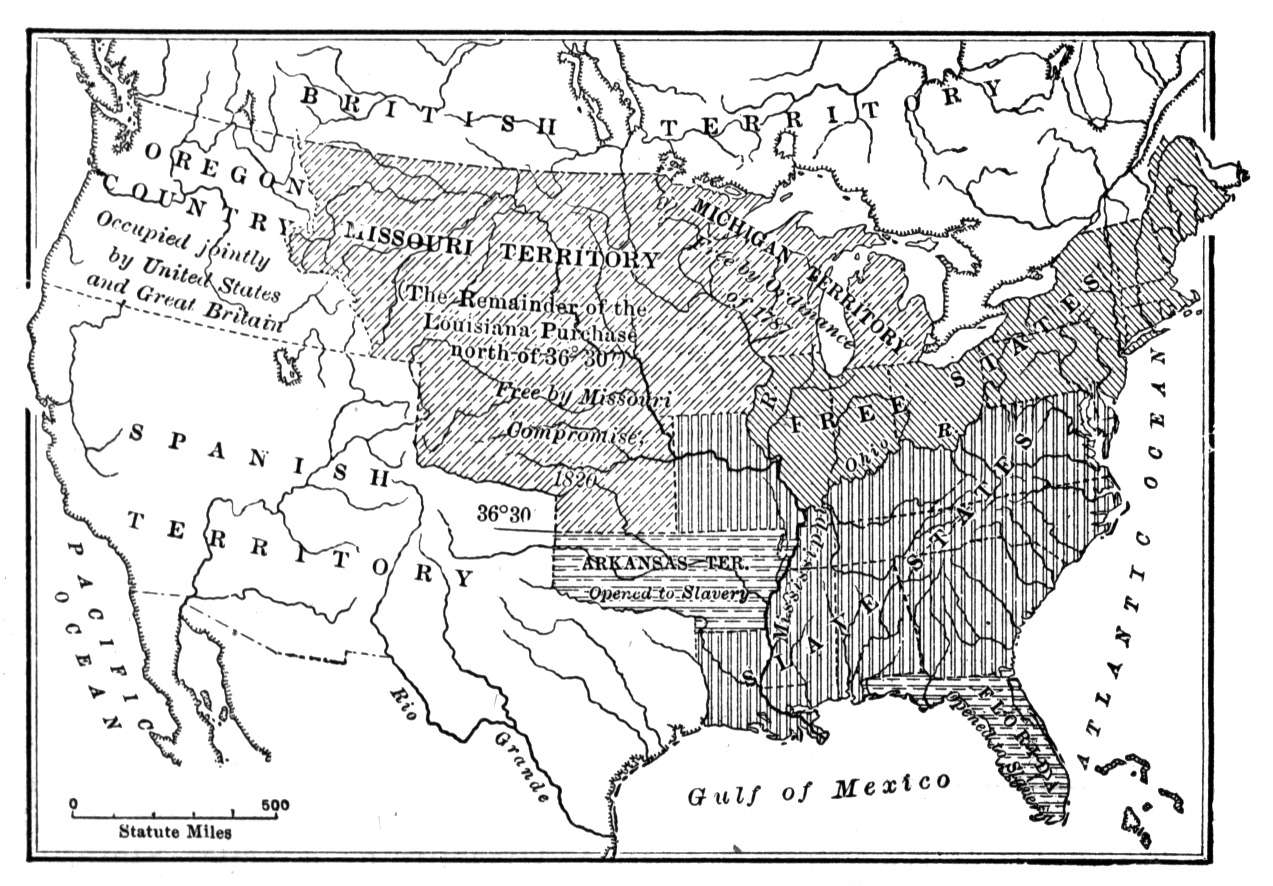|
|

The Dred Scott Case
Part 1: Prelude to "Justice"
The Dred Scott case was not a cut-and-dried, easy-to-explain affair; rather, it was a long and drawn-out process that ended long after the Supreme Court's decision was announced.
It began on April 6, 1846, when Scott filed suit in Missouri state court. He was in Missouri, still enslaved, and belonging to the wife of Dr. John Emerson, who had bought Scott originally in the early 1830s. Emerson had died in 1843 and had left Scott as a possession of his wife. Before that, though, Scott had traveled with the Emersons around Illinois and Wisconsin, two territories that didn't allow slavery. In fact, the Emersons and Scott had lived in both territories for a period of time. When the lawsuit was filed, however, Mrs. Emerson and Scott were living in Missouri. This fact would be a key factor in the ultimate decision of the U.S. Supreme Court.
Scott filed suit against Mrs. Emerson, claiming that she had beaten him severely and imprisoned him for several hours. He also claimed that he was due his freedom because he had lived in Illinois and Wisconsin Territories. He had good reason to think that this second part of his lawsuit would succeed because the Missouri Supreme Court had gone on record as declaring free several slaves who had traveled with masters to free states. One such case was Rachel v. Walker, in 1836. Rachel, a slave who had been taken by her master, Mr. Walker, to Wisconsin Territory, claimed that the fact that she had lived in a "free" state meant that she was herself free. The Missouri Supreme Court had agreed.

Next page > Following a Precedent? > Page 1, 2, 3
|
|



